详细说明
Species Reactivity
Equine
Specificity
Detects equine IL-1 beta /IL-1F2 in direct ELISAs. In direct ELISAs, 100% cross‑reactivity with recombinant canine, guinea pig, mouse, rat, and porcine IL‑1 beta is observed and 10‑50% cross‑reactivity with recombinant feline, human, rabbit, and rhesus IL‑1 beta is observed. Approximately 20% cross‑reactivity with recombinant mouse (rm) IL‑36 alpha and no cross‑reactivity with recombinant human (rh) IL‑36 alpha, rhIL‑36 gamma, rhIL‑1F10, rhIL‑36Ra, rmIL‑1Ra, rmIL‑18, or rmIL‑36 beta is observed.
Source
Monoclonal Mouse IgG 1 Clone # 608714
Purification
Protein A or G purified from hybridoma culture supernatant
Immunogen
E. coli-derived recombinant equine IL-1 beta /IL-1F2
Ala116-Ala268
Accession # Q28286Formulation
Lyophilized from a 0.2 μm filtered solution in PBS with Trehalose. *Small pack size (SP) is supplied as a 0.2 µm filtered solution in PBS.
Label
Unconjugated
Applications
Recommended
ConcentrationSample
Immunocytochemistry
20-30 µg/mL
See below
Please Note: Optimal dilutions should be determined by each laboratory for each application. are available in the Technical Information section on our website.
Data Examples
Immunocytochemistry | IL‑1 beta /IL‑1F2 in Equine PBMCs. IL‑1 beta /IL‑1F2 was detected in immersion fixed equine peripheral blood mononuclear cells (PBMCs) using Mouse Anti-Equine IL‑1 beta /IL‑1F2 Monoclonal Antibody (Catalog # MAB33401) at 25 µg/mL for 3 hours at room temperature. Cells were stained using the NorthernLights™ 557-conjugated Anti-Mouse IgG Secondary Antibody (red; Catalog # ) and counterstained with DAPI (blue). Specific staining was localized to cytoplasm. View our protocol for . |
Preparation and Storage
Reconstitution
Sterile PBS to a final concentration of 0.5 mg/mL.
Shipping
The product is shipped at ambient temperature. Upon receipt, store it immediately at the temperature recommended below. *Small pack size (SP) is shipped with polar packs. Upon receipt, store it immediately at -20 to -70 °C
Stability & Storage
Use a manual defrost freezer and avoid repeated freeze-thaw cycles.
12 months from date of receipt, -20 to -70 °C as supplied.
1 month, 2 to 8 °C under sterile conditions after reconstitution.
6 months, -20 to -70 °C under sterile conditions after reconstitution.
Background: IL-1 beta/IL-1F2
IL-1 is a name that designates two pleiotropic cytokines, IL-1 alpha (IL-1F1) and IL-1 beta (IL-1F2), which are the products of distinct genes. IL-1 alpha and IL-1 beta are structurally related polypeptides that share approximately 27% amino acid (aa) identity in equine. Both proteins are produced by a wide variety of cells in response to inflammatory agents, infections, or microbial endotoxins. While IL-1 alpha and IL-1 beta are regulated independently, they bind to the same receptor and exert identical biological effects. IL-1 RI binds directly to IL-1 alpha or IL-1 beta and then associates with IL-1 R accessory protein (IL-1 R3/IL-1 R AcP) to form a high-affinity receptor complex that is competent for signal transduction. IL-1 RII has high affinity for IL-1 beta but functions as a decoy receptor and negative regulator of IL-1 beta activity. IL-1ra functions as a competitive antagonist by preventing IL-1 alpha and IL-1 beta from interacting with IL-1 RI (1-4). The equine IL-1 beta cDNA encodes a 268 aa precursor. A 115 aa propeptide is cleaved intracellularly by the cysteine protease IL-1 beta -converting enzyme (Caspase-1/ICE) to generate the active cytokine (5-7). An alternatively spliced form of equine IL-1 beta has a deletion which encompasses the Caspase-1 cleavage site and potentially results in a membrane-associated form (8). The 17 kDa mature equine IL-1 beta shares 65%-75% aa sequence identity with canine, cotton rat, feline, human, mouse, porcine, rat, and rhesus IL-1 beta.
References:
Allan, S.M. et al. (2005) Nat. Rev. Immunol. 5:629.
Boraschi, D. and A. Tagliabue (2006) Vitam. Horm. 74:229.
Kornman, K.S. (2006) Am. J. Clin. Nutr. 83:475S.
Isoda, K. and F. Ohsuzu (2006) J. Atheroscler. Thromb. 13:21.
Kato, H. et al. (1997) Vet. Immunol. Immunopathol. 48:221.
Howard, R.D. et al. (1998) Am. J. Vet. Res. 59:704.
Martinon, F. and J. Tschopp (2007) Cell Death Differ. 14:10.
Kato, H. et al. (1996) Gene 177:11.
Long Name:
Interleukin 1 beta
Entrez Gene IDs:
3553 (Human); 16176 (Mouse); 24494 (Rat); 397122 (Porcine); 403974 (Canine); 100034237 (Equine); 100135556 (Guinea Pig)
Alternate Names:
catabolin; IL1 beta; IL-1 beta; IL-1; IL1B; IL-1b; IL1-BETA; IL-1F2; IL1F2IL-1 beta; interleukin 1, beta; interleukin-1 beta; preinterleukin 1 beta; pro-interleukin-1-beta







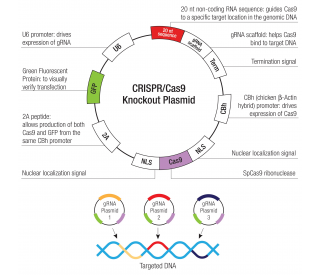
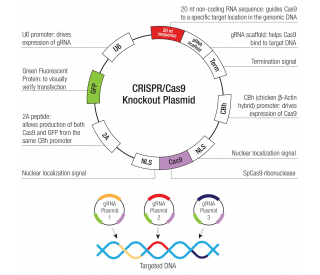
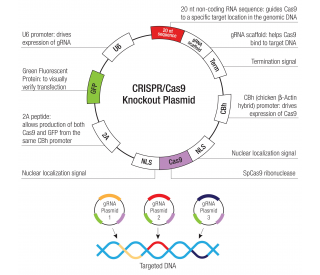
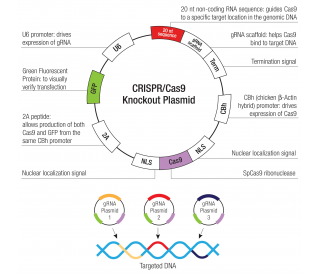
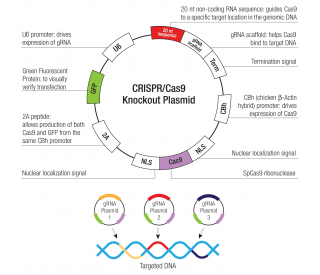
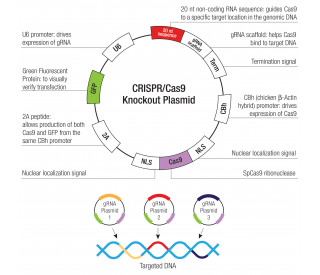




 粤公网安备44196802000105号
粤公网安备44196802000105号